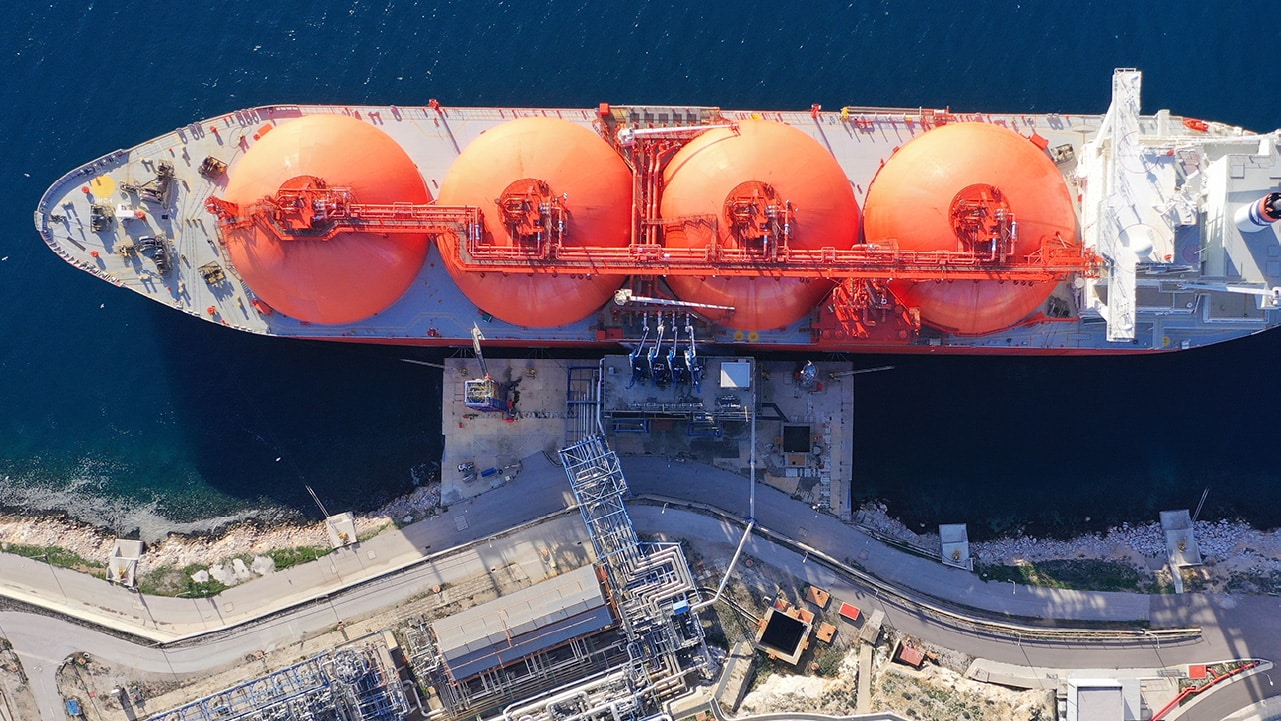ISO 21013 Cargo Tank Safety Device Testing (Cryogenic)
The International Organization for Standardization (ISO) has established ISO 21013, a standard that sets forth detailed procedures and requirements for the testing of cargo tank safety devices, particularly those used in cryogenic environments. Cryogenic systems are critical components in marine transportation, especially in ships handling liquefied gases such as ammonia, methane, or ethylene.
These safety devices play an essential role in preventing accidents that could lead to hazardous situations and potential loss of life. The testing outlined by ISO 21013 is not just a formality; it ensures the reliability and performance of these systems under extreme conditions. The tests are conducted under cryogenic temperatures, which can range from -90°C to -150°C or lower depending on the specific cargo being transported.
The testing process involves several stages, starting with the preparation of the safety device for testing. This includes ensuring that the device is in a state that accurately represents its operational conditions during real-world use. Once prepared, the device undergoes a series of tests designed to assess its performance under cryogenic temperatures and pressures.
The first test involves checking the integrity and sealability of the safety valve or other devices at specified pressure points and temperature levels. This ensures that in case of an overpressure situation, the device can quickly open and release excess pressure without compromising the integrity of the tank or surrounding structures.
Another critical aspect is the thermal cycling test. During this process, the device is subjected to rapid changes in temperature and pressure, simulating real-world conditions during loading and unloading operations. This helps ensure that the safety devices can withstand the stresses and strains they will encounter throughout their operational life.
The performance of these devices under cryogenic conditions must meet stringent criteria set by ISO 21013 to be certified as compliant with international standards. Compliance is crucial for ensuring regulatory approval, which in turn allows the cargo ships using such systems to operate legally and safely within various maritime jurisdictions around the world.
The testing process also involves rigorous quality control measures to ensure that every test result meets or exceeds the requirements set forth by ISO 21013. This includes detailed documentation of each test, including temperature, pressure, duration, and any other relevant parameters. The results are then analyzed to confirm compliance with the standard.
Once all tests have been completed successfully, a comprehensive report is generated that details the performance of the safety devices under cryogenic conditions. This report serves as evidence that the equipment meets the stringent requirements set by ISO 21013 and can be trusted to perform reliably in real-world scenarios.
Applied Standards
| Critical Parameter | Test Specification |
|---|---|
| Temperature Range | -90°C to -150°C or lower |
| Pressure Points Tested | Design, Operating, and Overpressure Conditions |
| Thermal Cycling | Rapid temperature changes simulating real-world loading/unloading conditions |
| Critical Parameter | Test Specification |
|---|---|
| Material Compatibility | Ensuring materials used are suitable for cryogenic temperatures and pressures |
| Seal Integrity | Demonstrating that seals maintain integrity under extreme conditions |
| Performance Under Load | Evaluating the device's performance when subjected to actual loading conditions |
Benefits
- Ensures compliance with international standards for maritime safety devices
- Aids in obtaining regulatory approval from various maritime authorities
- Reduces the risk of accidents and failures due to inadequate equipment performance
- Saves costs associated with potential legal issues resulting from non-compliance
- Enhances reputation and trust among clients and stakeholders
- Supports continuous improvement in safety device design and manufacturing processes
Quality and Reliability Assurance
The testing process for ISO 21013 Cargo Tank Safety Device Testing (Cryogenic) is designed to be comprehensive, ensuring that every aspect of the safety devices meets or exceeds the stringent requirements set by this international standard. Quality assurance begins with meticulous preparation of the test specimens, followed by rigorous adherence to each step in the testing process.
Throughout the testing, quality control measures are implemented at various stages, including temperature calibration, pressure application, and performance monitoring. Each parameter is carefully recorded and analyzed to ensure that all results align with the requirements specified in ISO 21013. This level of scrutiny helps identify any potential issues early on, allowing for corrective actions before they become critical problems.
After completion of testing, a detailed report summarizing all findings is generated. This report serves as both an internal document for quality assurance purposes and an external certification that can be shared with regulatory bodies and clients. The comprehensive nature of this documentation provides stakeholders with confidence in the reliability and safety of the tested equipment.
By adhering to ISO 21013, laboratories and testing facilities ensure they are providing services that meet or exceed international standards for maritime safety devices. This commitment to quality not only protects operators from potential legal risks but also enhances their reputation within the industry. It demonstrates a proactive approach towards maintaining high levels of safety and reliability in marine transportation.





